An entertaining first book does not automatically ensure a series. Quest Kids and the Dragon Pants of Gold was a great book that sure looked like it had legs. Quest Kids and the Dark Prophecy of Doug is mglit that runs with fun. It’s a book that lives somewhere between the graphic novel and chapter book world that incorporates the illustrated manic fun of the former while building upon the text-based latter that kids need to know.
Stop, collaborate and read this bookCategory: Elementary school
Bunny Vs. Monkey, lays the ground for elementary graphic novel gold
Spy Vs. Spy was my jam growing up. Even when I was well past an emerging reader status, the simplicity of their wordless adventures, combined with the humor that I wanted Mad Magazine was the stuff of legend. Bunny Vs. Monkey offers up some of those same feelings but is collected in an elementary school package that’s shorter, more colorful and a graphic novel. Many people will compare Bunny Vs. Monkey to Dog Man, which is accurate to a point, but the latter has one has more of a staccato presentation which is well-suited to its young audience.
elementary and proud of itThe Solvers Mission 1: The DivMulti Ray Dilemma does new math proud
Remember the “new math” joke from a couple of years ago? Parents of elementary school-age students realized that division and multiplication had a slightly different way of being taught. It’s not “new” per se, it’s just described using the commutative property, which is also a very quick way to learn craps. The Solvers is an interactive graphic novel series that entertains and educates. The DivMulti Ray Dilemma is the first in the series that manages to explain division and multiplication in a way that new and old math people can understand and does so with a strong superhero story that will guide those reluctant math readers.
Graphic novel + Fun + Math = mastery of the subjectJump for Joy, a sublime new classic with a timeless story
Jump for Joy is an illustrated book that shows two sides of the same tail. It’s simultaneously very basic, has thought-provoking art, and allows young children to fill in the blanks so that they can make the story their own. It has the quality that Billy’s walkabout in the Family Circus does where you’re innately drawn to run your finger along the path that he’s intentionally, and aimlessly walking to avoid something. In Jump for Joy you’ll find yourself tracing your finger over Joy, as well as, the dogs, even though they’re a two-dimensional drawing on the pages. It could be an attempt for your subconscious to make the book last longer, but you’ll do it too and probably won’t be able to figure out why either.
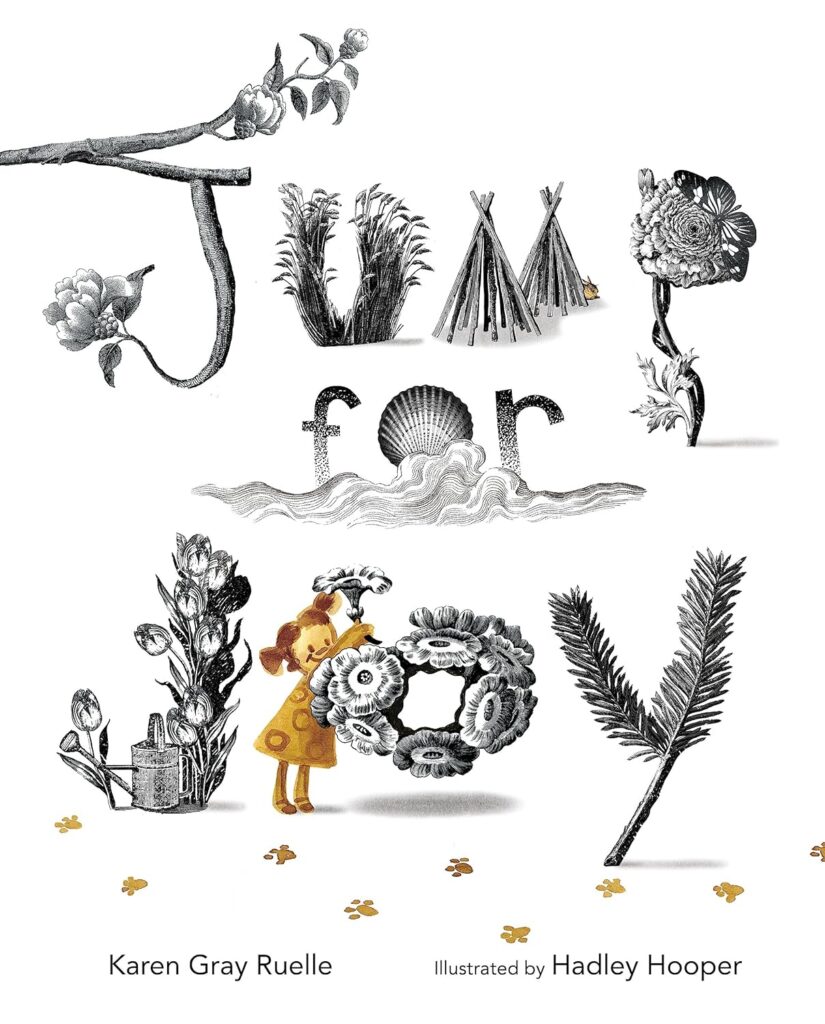
Schnozzer & Tatertoes: Shoot the Moon!, is a new elementary tentpole
When does a book beget a series? Sometimes a book series is forced upon readers. It’s part of a bigger story to tell with the promise of multiple books to leisurely tell the tale that didn’t mandate so many books in the end. And other times it’s a genuine story, the evolution of characters who readers want to spend time with. The latter is important and one of those things that have the ‘it’ factor for elementary-aged readers. Schnozzer & Tatertoes: Shoot the Moon! is the second book in this graphic novel/comic book series and it has the ‘it’ factor.
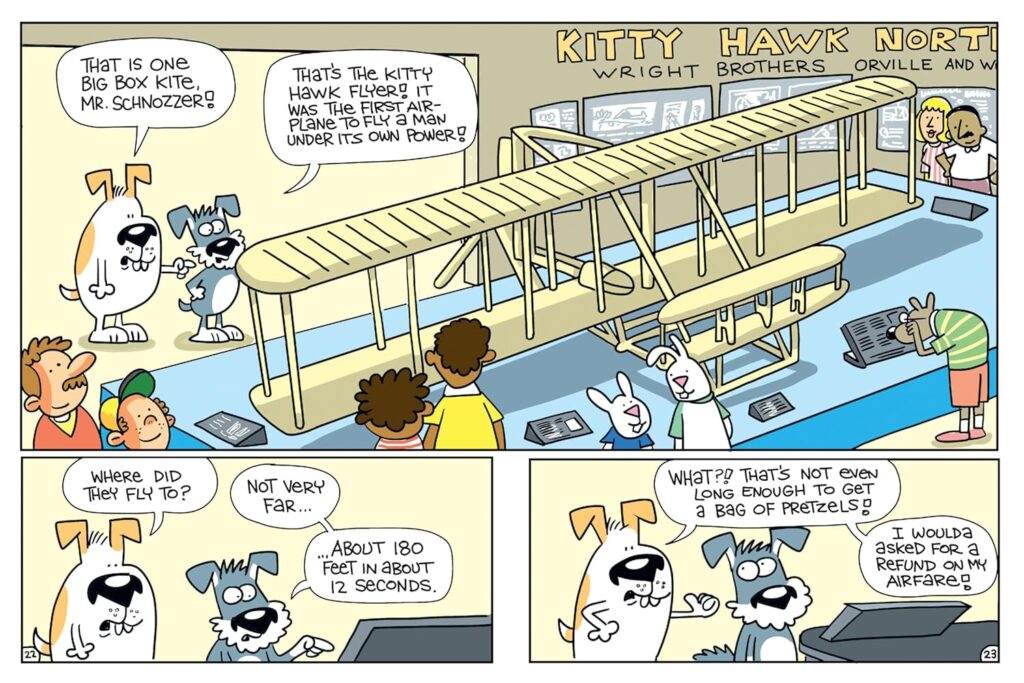
The Catwings Complete Collection, confidence-building fun for young readers
Confidence makes doing anything easier. Ask an elementary-aged kid if they can dance and they’ll contort six ways from Saturday. Ask an adult to dance and you’re likely to get a muted stare and a wavering hand in search of a drink. The same can also be said for asking if someone is an artist. Young readers need to gain confidence early too, the sooner that they realize that they can read, the easier it is for them to jump into more age-appropriate text and read to learn, instead of learning to read. The Catwings Complete Collection has the four classic books in the series from Ursula K. Le Guin in one package.
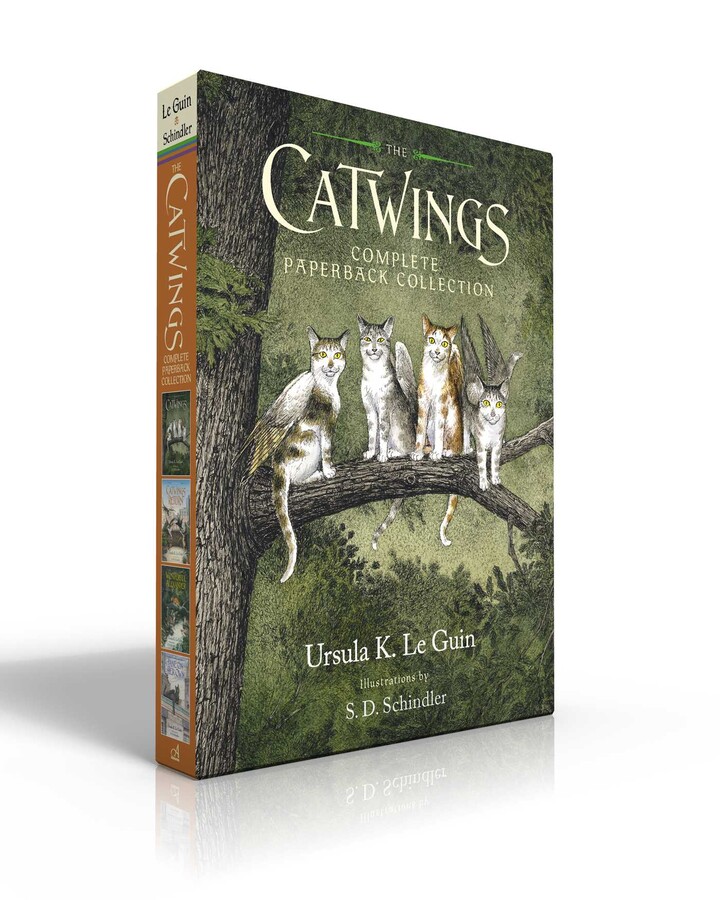
Finn’s Little Fibs proves that less is more in this go-to illustrated book series
Tom Percival is the king of illustrated books about children’s emotions and feelings. Long live the king. Granted, that’s a niche arena, but nobody does these types of books better than Percival. Finn’s Little Fibs is the ninth entry in the Big Bright Feelings Book series, and it burns with the same guilt-free energy that the rest of them do. But what makes a great illustrated book, much less one that’s attempting to teach a lesson?
Come for the lessons, stay for the story and artA Curious Collection of Dangerous Creatures, fun learning you don’t expect
I love books like A Curious Collection of Dangerous Creatures, An Illustrated Encyclopedia. It’s an entertaining reference book with dozens of critters that I hope to never encounter and that students are intrigued by. This is the sort of book that will hook mid to upper-elementary school students who have caught the ‘animal bug’ and need to do those first essays. As a saving grace to those educators who have to read or listen to those essays, A Curious Collection of Dangerous Creatures has multiple dozens of them that they haven’t heard of before. The odds of having your educator’s eyes gloss over because you’ve heard about the Brazilian Death Beetle one too many times.
reference books need not be borning nor cookie cutter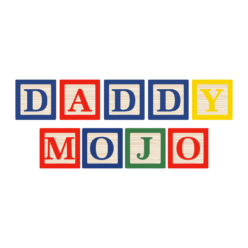
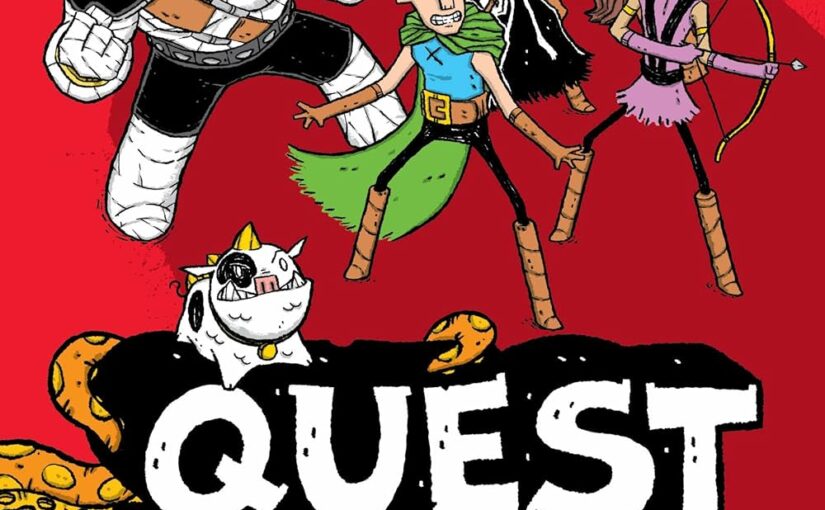
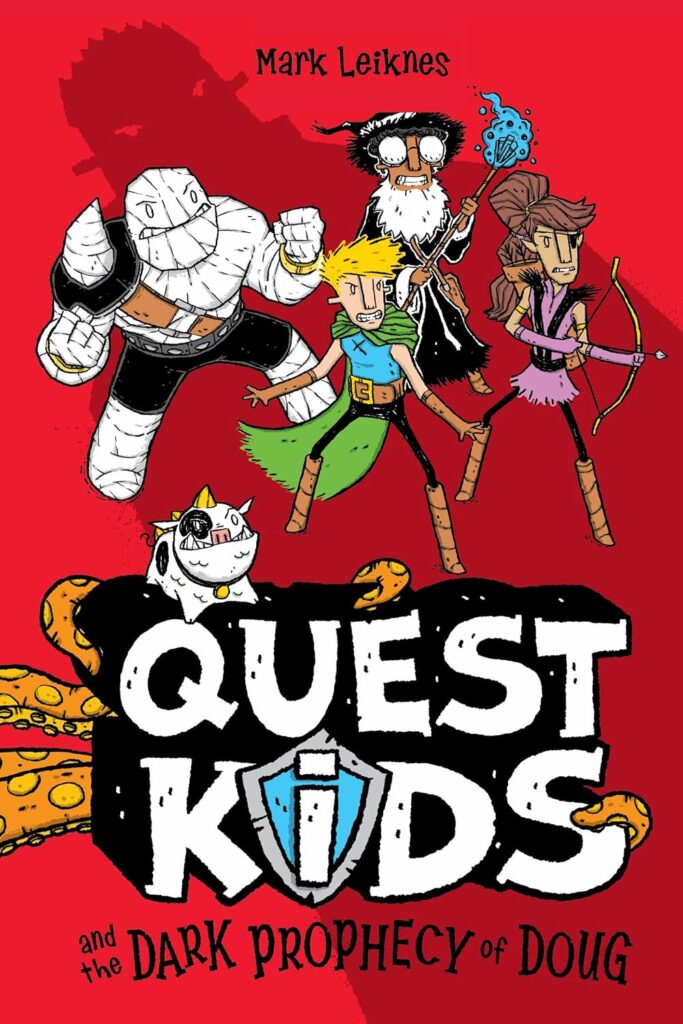
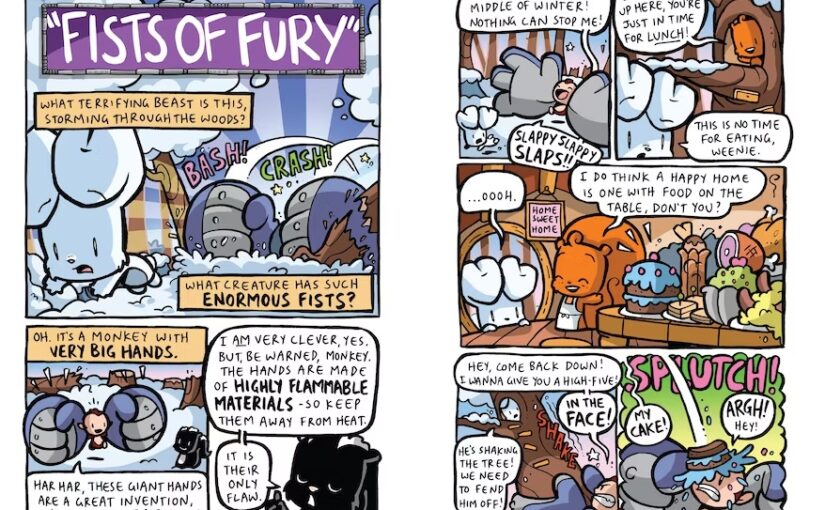
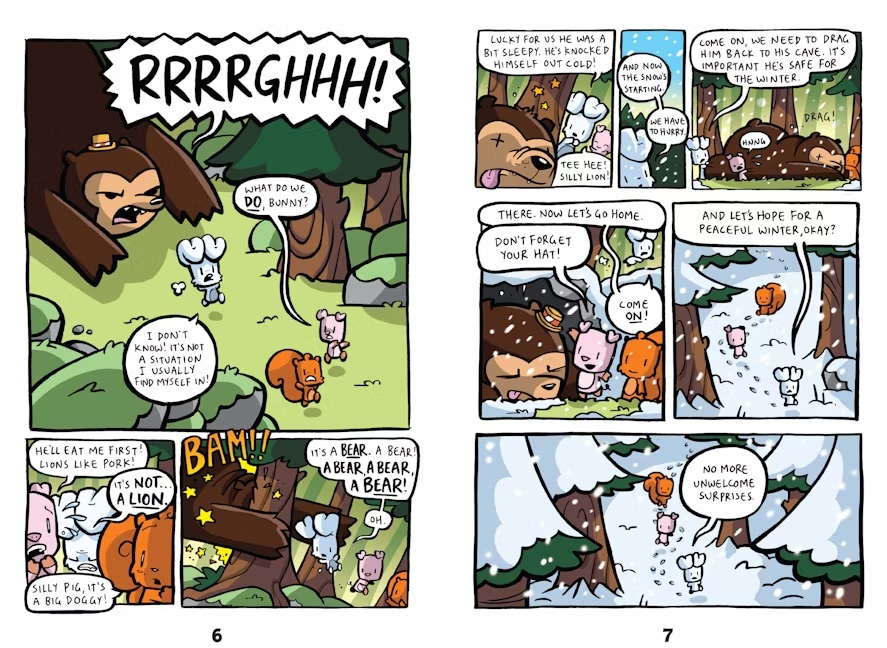
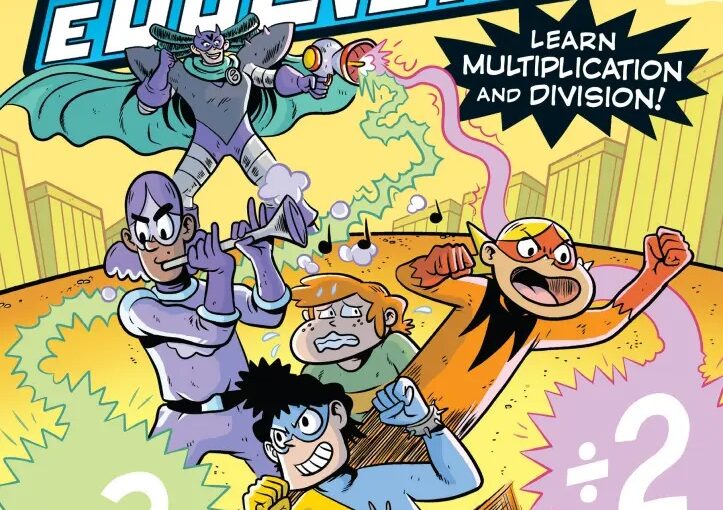
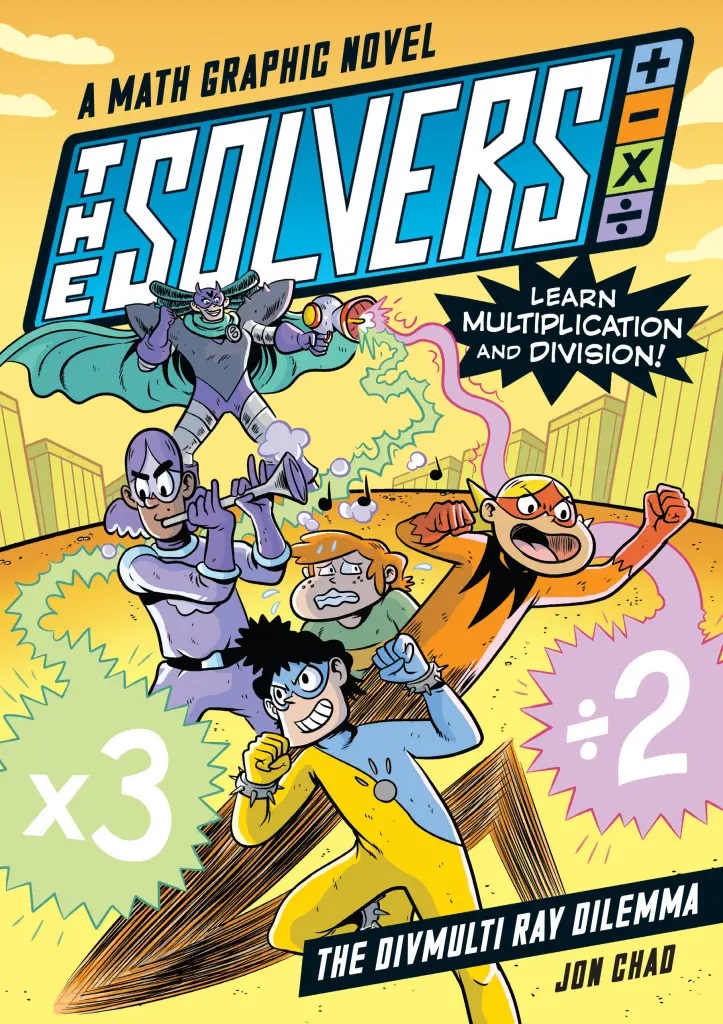
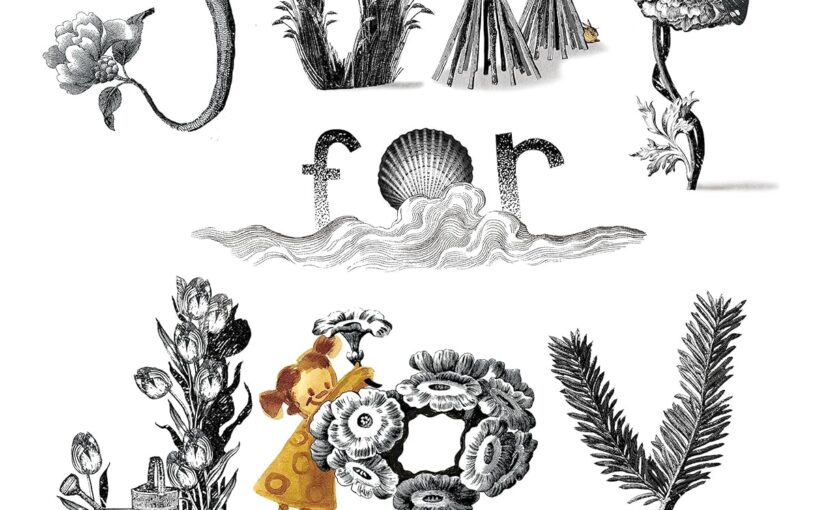
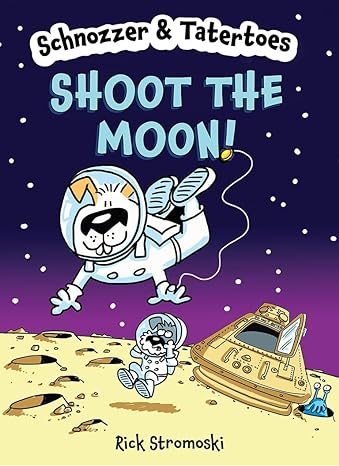
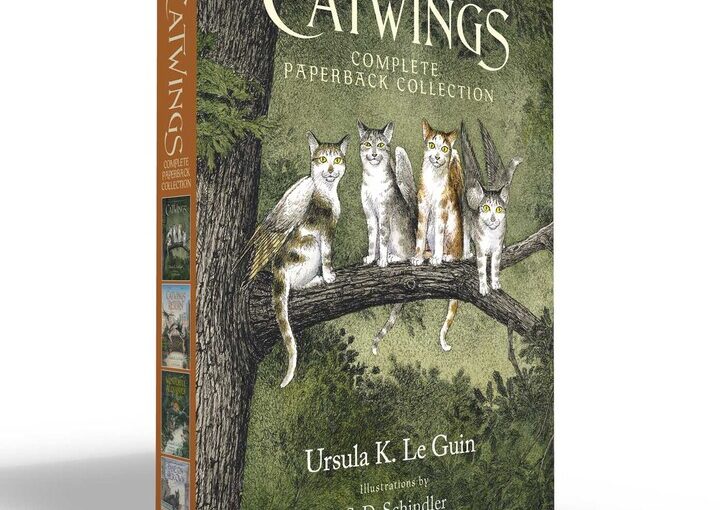
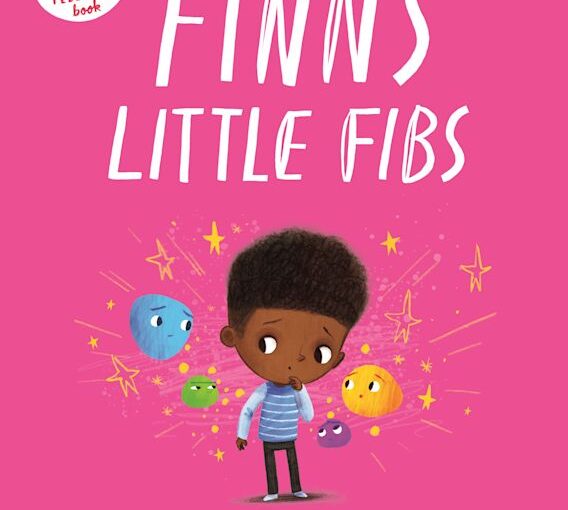
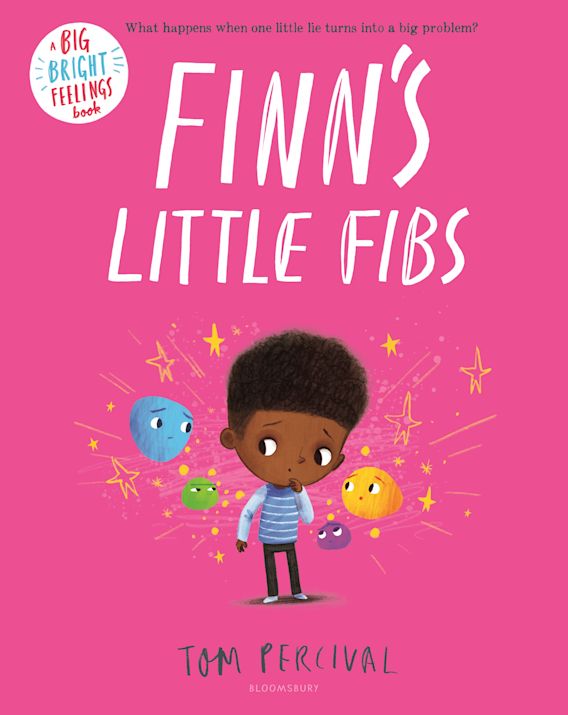
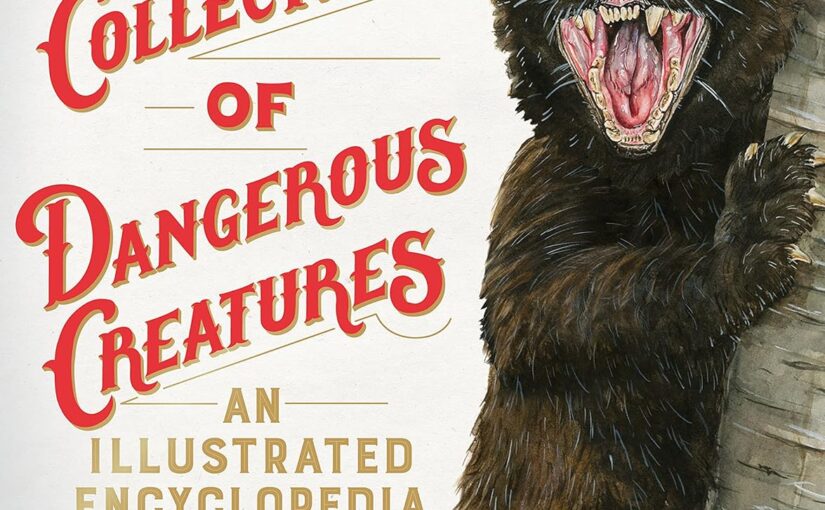
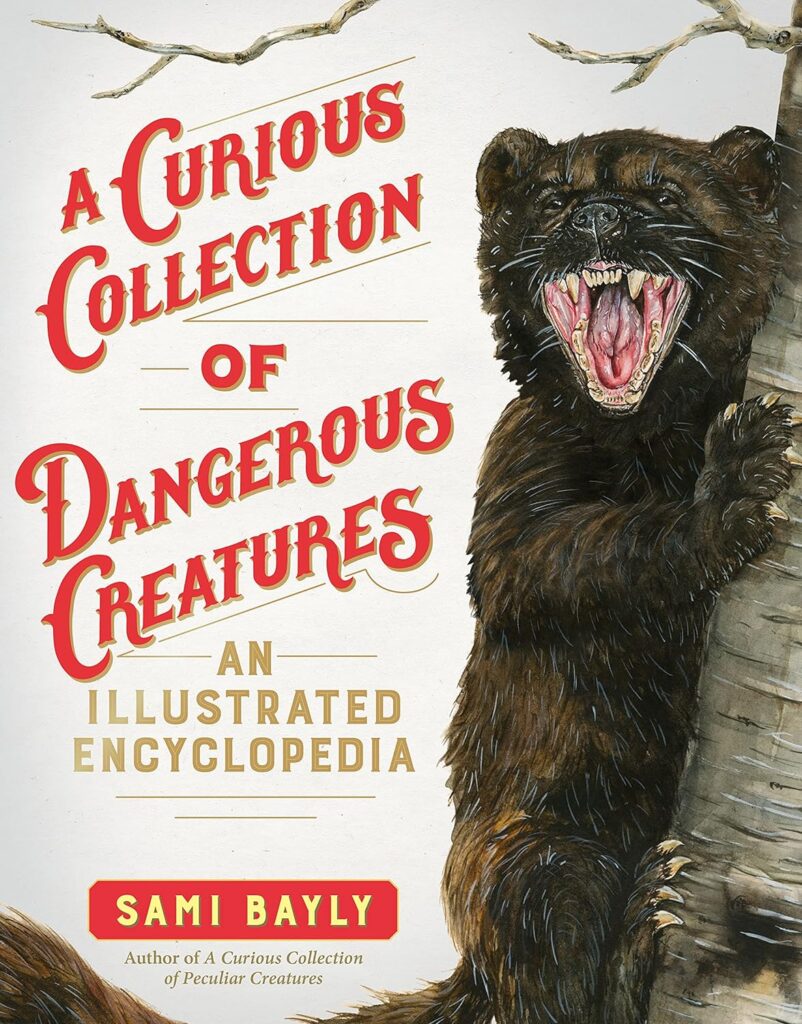


 Facebook
Facebook Twitter
Twitter Flickr
Flickr GooglePlus
GooglePlus Youtube
Youtube